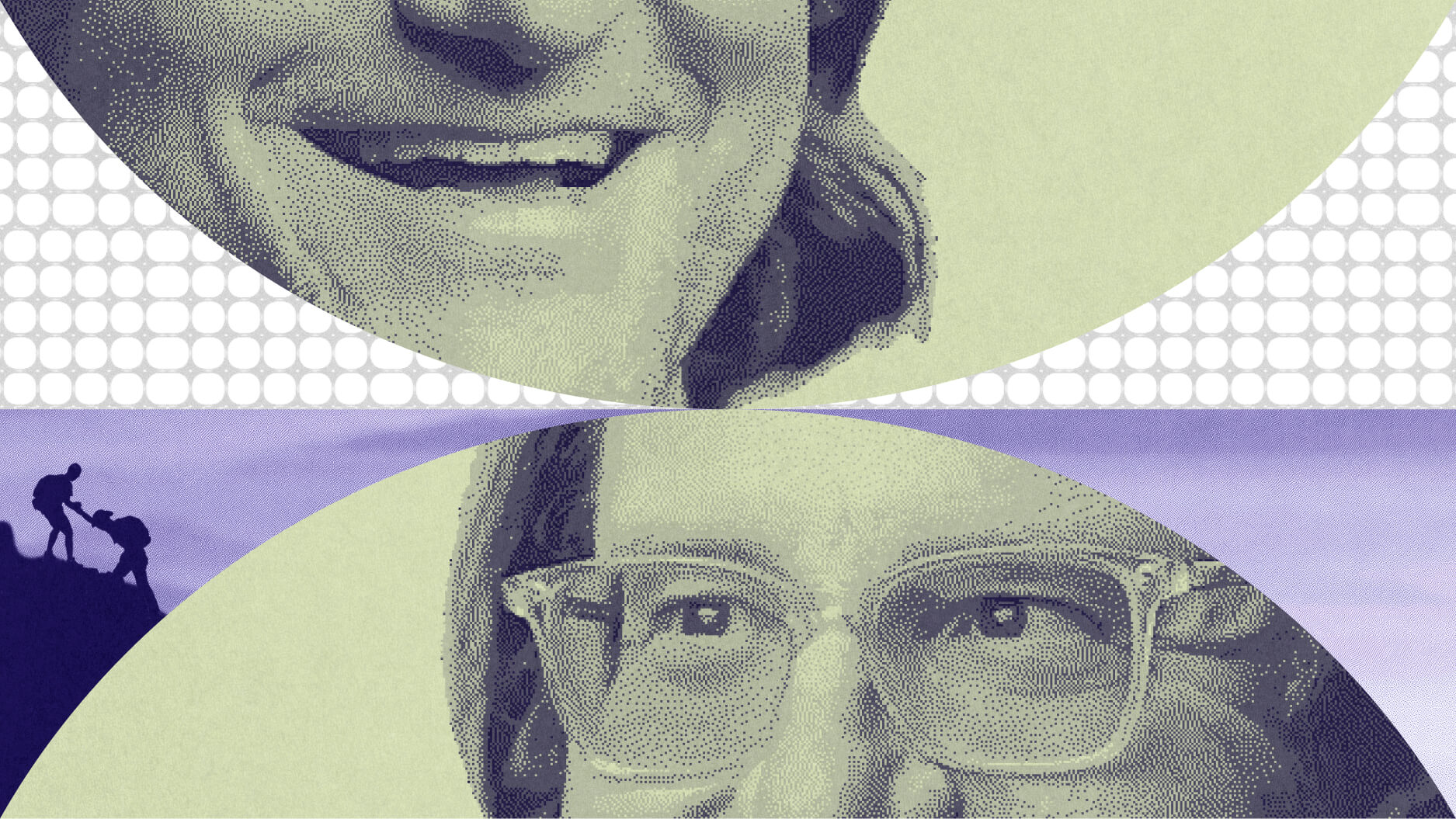Kepecs uses rats to study the neurology of decision-making because their brains are evolutionarily similar to ours but much simpler. Likewise, if you wanted to learn how cars worked, you wouldn’t study a complicated Lexus; you’d study a Model T.
Question: What do you study?
Adam Kepecs: So I study the neurology of decision making, how brains make decisions and one of my main interests is in trying to translate the folk psychological concepts like confidence into objects that we can study scientifically at a level of the brain and neuro circuits.
Question: How can confidence be measured scientifically?
Adam Kepecs: So let me tell you first a story, so imagine someone tells you about a new restaurant and you get the instructions and you start driving and you see the sign that tells you this is where you have to turn and you take the turn and you keep driving. You keep driving and there is no restaurant and you keep driving, no restaurant. At some point you’re going to turn around. When do you turn around? If you know your degree of confidence is kind of when you confidence level bottoms out is when you would take that u-turn and this is the kind of question that we try to translate into neuroscience, so of course these kind of questions have been of interest to a wide range of fields from economics to psychology, from medicine to computer science. What was unique about what we can do in our biology is really try to understand the mechanisms at the level of individual neurons, the nerve cells of the brain that are sort of the workhorses of the brain and understand how their connections, how their architecture and how the dynamics that runs on that architecture allows us or allows mammals in general to make decisions to compute confidence about decisions and so on.
Question: Why use rats rather than humans in your studies?
Adam Kepecs: So there are many reasons to use rats. So first of all, I should say that from an evolutionary perspective rats are not that different from us and some of the fundamental brain architecture is really common and that really allows us to tap into a system that is simpler and that is a great advantage and in that sense I think one of the perhaps underappreciated aspects of studying a simpler system is imagine if you were wanting to understand how a car works. You might want to start with the latest Lexus, but then perhaps you get lost in all the latest gadgets, the stereo, the GPS, the air conditioning system, the motorized car seats and you forget about the fundamentals. Perhaps it would be better to start with the Ford Model T. That is a very simple car, but it has all the components that make it a car. In some ways we feel that rodents have all the components that make them function, that make them able to decide and it’s going to be easier for us to understand. Now of course by using rodents we can also tap into an enormous field of technologies that really allow us to get mechanistic, not just observe in general what a brain region is doing, but observe at the level of individual neurons and finally to actually understand how different neurons come together in circuits and then manipulate these and really understand the causal substrate of decisions and that’s really one of the things we’re excited about that we can do this now.
So what we do is train rats to make simple two alternative choices between a left and a right port and you can see in the center the animal gets an order and then we train them so that they respond to the left reward port for order A and the right reward port for order B and as you can see they can do this really fast. We can get hundreds and hundreds of trials. They are really good at it and in fact, one of the problems that we faced was that they’re so good at it they almost don’t ever make mistakes with any two orders, so what we do to make them uncertain is to mix the two orders and then we ask them to decide rather a particular mixture is more like mixture A or more like order A or more like order B and that is the fundamental task that we study.
Question: How does confidence play into that?
Adam Kepecs: Okay, so this is interesting. So now we can translate our story about going to this restaurant and trying to turn around into a rat ****, so imagine the same scenario where the animals make going back and forth between a stimulus and a response, but we delay the reward. It’s a little bit like the restaurant that may or may not appear on the road and we can ask how long is an animal willing to wait for the reward. Then what we can do is we can make the stimulus more difficult. We can dial in the difficulty based on the mixture ratio and that is a little bit like changing your memory of the instructions of how to get to restaurant or changing how foggy the day is and whether how well you can see the sign, so we can vary those things and then measure how long an animal is willing to wait for the reward and again do this hundreds and hundreds of times a day, which really allows them first of all to calibrate their confidence in these simple decisions and it also allow us from a neurobiological perspective to actually look into their brain and what happens in their brains when they’re doing this task.





